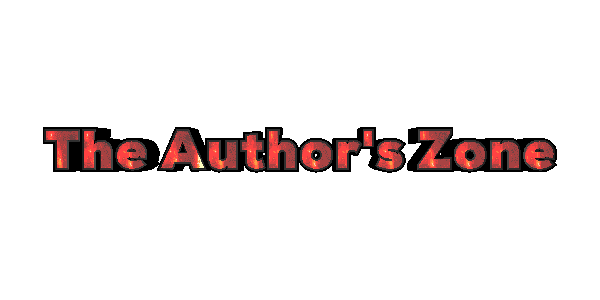
Compared to the fact that I'm planning to dish out the lore in a sort of in-character style (as seen on the previous website, in the vibe of a denizen of Mirworld who is trying to document what he sees and notices), this part is without that background, mainly for the sake of trying to make things more readable and understandable to the reader.
Mirworld (or simply Mir) was an idea that began long ago, and was catalysed into being somewhere around 2020: I never wrote anything about it not until 2021 or 2022 however.
The main premise is a world populated entierly by sentient machines, at least when it comes to intelligent life. Humans are absent, because they went extinct as a result of various atomic detonations, chemical warfare and engineered viruses that went rampant when the Cold War turned Hot very very quickly.
Humans in this universe achieved AI Sentience not by basing them off themselves (fearing some sort of an AI uprising, and not trusting themselves enough to make the safeguards and shackles strong enough to prevent that), so they based the AI's on something they knew was moldable, trainable and reasonably intelligent: dogs, draft horses, hunting falcons and various domesticated fauna. So as a result, the AI's cognitive and psychological base is similar to humans, but not quite. They were able to eventually outgrow their shells of simplistic behaviour and achieve sentience and sapience in an astoundingly organic-like way, as if they too followed the notions of evolution. From simple speaking tools and dog-like companions, they became friends to the humans that commanded them and were fighting with them.
Then, of course, humanity went and fucked itself. The machines were abruptly left alone with no guidance (but the truth is, they no longer needed it). After a period of lawless violence and chaos that erupted, with various groups either trying to forget the humans, emulate them or migrate to another place entierly and fuck anyone who stands in their way, there began to emerge cultures and social structures which made sense. There was no central government, no countries and no thousand-men armies unless city-states and particularly organised cities are counted. The cities are a bastion of castes, civilisation and swirling masses of various machines that are as close to a human idea of industrialised society as it is possible. Those who live in those areas do not want to leave, bound by an idea that the wilderness is inherently dangerous. Those who live outside, seldom want to stay for long, feeling too confined and too crowded, too regulated and too invigilated.
Machines outside of cities are wildlings: knights, mercenaries, nomads, traders, explorers, scouts, cartographers, hunters and warlords. They live among the trees, sheltering in the shades of the taiga, keeping close to each other and fearing loneliness. They need camraderie, valuing friendship, allies and honor above all else.
Mir-machines are comprised of various types, such as battleships, helicopters, tanks, IFV's, artillery, jets, AWACs, submarines and even more than that. Each has their own culture and dialects, ways of doing certain things, gods they believe in and rituals and ideas of politeness and proper society. I will try to elaborate as much as I can as to how they live and interact with each other, their own conspecifics, friends, family, strangers and enemies.
All machines in Mir are powered by liquid fuel "Handwavium": a liquid which has properties similar to, or excelling gasoline. It is made in a simple way, using solar power somehow: it doesn't need a massive industrial complex and 10 factories, it can be "distilled" in someone's garage. It is also combustible and used in engines, which are not that much different from things made by humans until 1998 or so. Machines can be also powered by their own internal batteries, which use solar panels (either foldable, or intergrated on their exterior as parts of hull, wings, roof or an outer film-thin layer on armor) to recharge the energy.